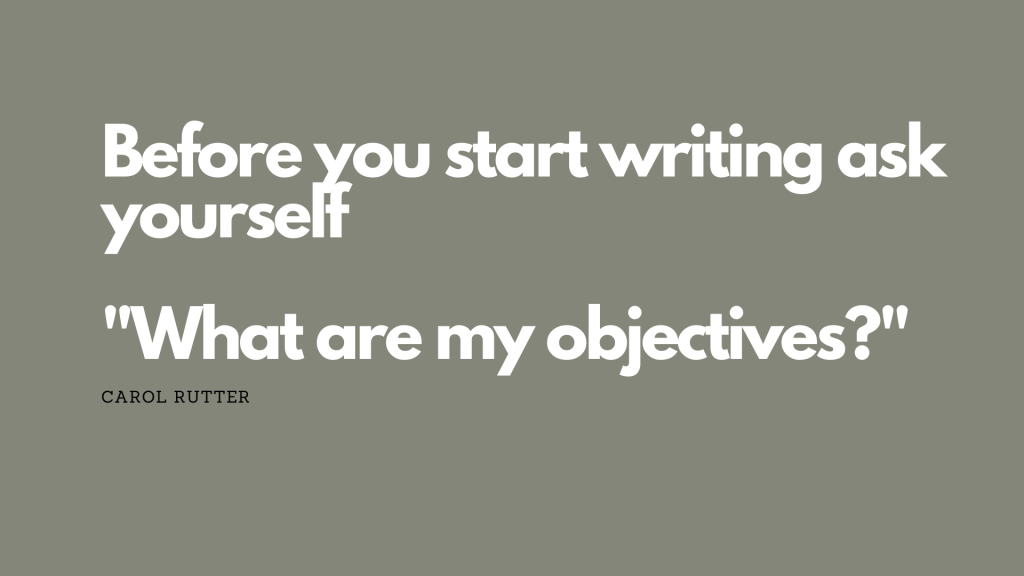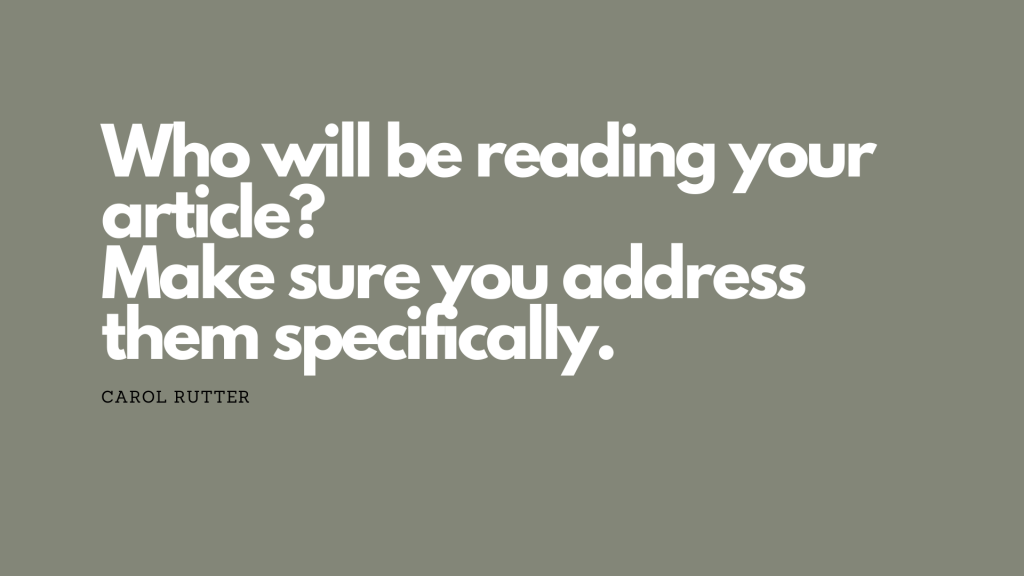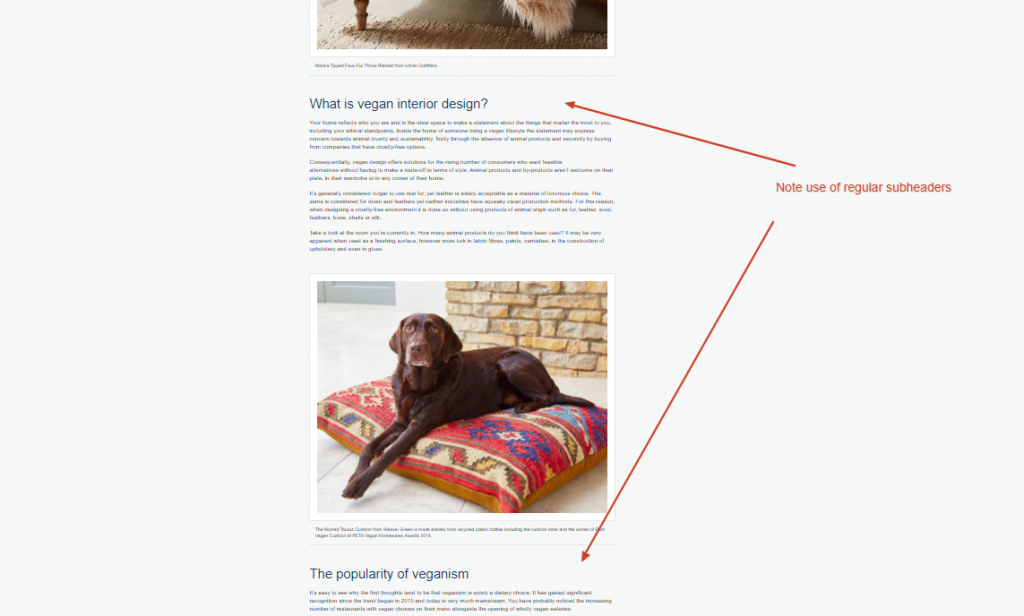What are your objectives?
If you are planning to dedicate some of your precious time to writing articles you will be doing it for important reasons. These might be that:-
- You are aiming to establish your authority on interior design or a particular area of interior design
- You wish to share your knowledge, give helpful advice and educate your reader
- The platform on which you are publishing will be one that has a significantly greater audience reach than your own website. So your objective will be to raise your own, and your practice’s, online profile and increase your “findability” when potential clients may be searching for services like yours.

Planning your articles
It is best to plan out four to six articles at a time. When you have ideas you can note them down into the relevant draft and you will also have an overview of your subject matter and will be maintaining continuity. This helps keep each article on its theme instead of it rambling around with the inclusion of random thoughts. The great thing about working like this is that when you open your draft for your next article you will already have some key themes already set out which makes it so much easier to get back into your writing flow.
Being authoritative – no selling
You will want to come across as authoritative and credible so firstly, you must not be, or appear to be, selling products or services or self-promoting. People switch off if they think they are being “sold to”. This is particularly relevant if you are talking about your own business or projects in your article.
However if you want to gush over a designer’s work you admire – go ahead, this will be seen as a positive rather than a negative especially if you draw attention to specific points within a project where the designer has been successful.

Maintaining this non-salesy stance is particularly tricky if there are products you would like to talk about within your article. Try to keep an informative, ideally a technical, approach so that it doesn’t appear that you are promoting someone’s product for personal gain.
Potential clients are going to be drawn to you through your knowledgeability not your sales pitch.
If we at TIDS are given articles that we feel are a bit too self-promoting we will edit this out or even potentially reject the article. Our focus is always on providing informative content.
Your audience – address everyone and you address nobody
If you are published here on The Interior Design Showcase the people who will be reading your article will be –
- People interested in potentially commissioning interior design services
- Project managers, design and build companies,
- Clients – restaurateurs, hoteliers, property developers, retailers, healthcare bodies, home-owners
- Manufacturers and suppliers wanting to learn about interior designers (as their customer base)
- Interior designers and architects
It is likely your message will occasionally need to be tailored to speak to a particular type of reader and you will find yourself addressing that type of audience member within your article, for example you might say “For designers reading this you might find that sourcing ethically-sound products is difficult however…etc”
Or
“For Property Developers reading this, if you want ethically sourced products in your buildings then you will need to issue clear instructions as part of your tender…etc
Or, alternatively, you might want to separate out sections of text headed “A note for interior designers” or “A note for home-owners”
Or, ultimately, (and I would do this for sure) you may wish to dedicate a whole article addressing a particular genre of reader. You can always go on later to write on a similar topic but for a different genre of reader.
So, to summarise, don’t feel you have to generalise by addressing all members of your audience simultaneously. This can make your rush through, or gloss over, your points. Instead, take the time to address a specific audience member. They will feel encouraged that they are “in the right place”, warm to you for understanding their position and the result is that your article will have much greater reach and authority.
Be specific
To reinforce the points above, there are hundreds of generalistic, broad-brush articles out there on interior design which don’t inform, inspire or help the reader in any way. These are written by copywriters and bots who churn out multiple articles like this per day. Make your articles are significantly superior by taking the time to put in specific information that will educate your reader. Interior designers deal in specifics after all.
Don’t be afraid to go into any aspect in depth – superficially dealing with subjects is not helpful to anyone and is boring to boot. If you have too much to say for one article, rather than gloss over key points, you can split your subject into Part One, Part Two and so on.
The minimum length of your article should be 600 words and ideally be around 1000 words.

Be original
This doesn’t mean that your article has to be resoundingly groundbreaking in its subject matter but it does mean that all the words must be your own. If you copy other peoples’ work (plagiarisation) you could be sued and also Google discriminates against non-original content and favours original content.
How to use sub-headers
It is important to break up long tracts of text into smaller chunks and a good way to do this is to use sub-headers. Sub-headers are vital to welcome in a reader and allow them, if they wish to, to scan to the relevant section of text they wish to read. A lot of readers are put off by unbroken lengths of text. Also, once again, it is a useful tool for online search engines and for the article and image to be found in any online search. The sub-headers don’t have to be breathtakingly unique or over-explanatory – you can see some simple examples in the image below.

Have fun writing your article and looking forward to seeing your name in lights!
If you have advice or tips for interior designers and would like to publish on this blog then get in touch [email protected]
